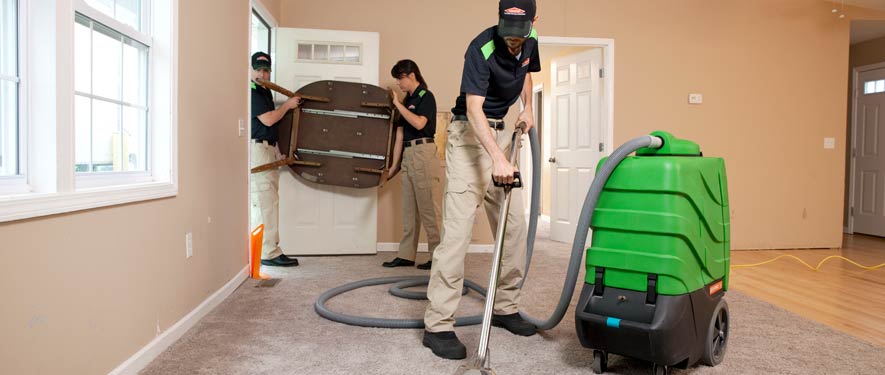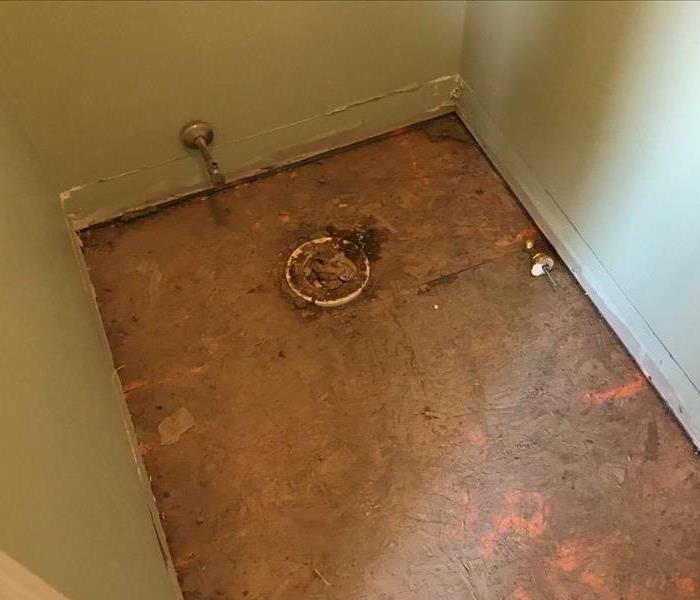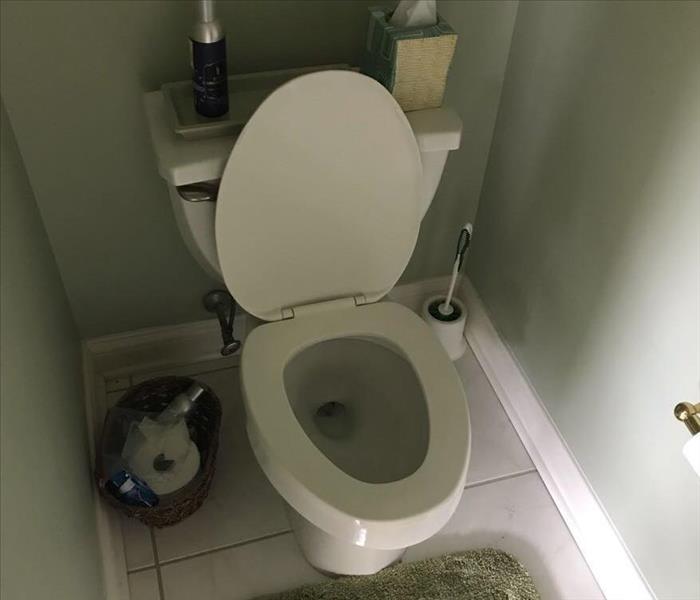
Step 3: Water Removal / Water Extraction
When water damage occurs, it’s always an emergency situation, especially if you have large amounts of excess water flooding your home.
At SERVPRO, responding to emergency water removals in Smyrna is one of the cornerstones of our business. We have been serving the Smyrna community in emergency water removals for over 50 years, so you can rely on our team of professionals for the fastest and most efficient job. We have the expertise and training needed to address any emergency water removal crisis in Smyrna thoroughly and efficiently. Our team uses powerful pumps and truck-mounted vacuum units to quickly remove hundreds or even thousands of gallons of water from your property in preparation for the drying process.
Move-Out / Pack-Out
If your home requires extensive restoration or cleaning, SERVPRO of Southeast Cobb can conduct an organized, efficient move-out to protect your belongings from further damage.
- Move-Out Service
Emergency Water Removal
Our highly trained technicians will begin the water removal process almost immediately. Depending on the amount of water, we may use powerful submersible pumps in addition to industrial strength, wet/dry vacuums. Removing most of the water helps reduce drying time and helps prevent secondary water damage and mold and bacterial growth.
- Remove Excess Water
- Use Submersible Pumps and Industrial Wet/Dry Vacuums
Inspect the Carpet Pad and Carpet
We inspect the carpet and pad and determine if they should be removed to protect the subfloor.
- Inspect Carpet Pad and Remove If Needed
- Inspect Carpet and Remove If Needed
Water Removal Equipment
- Moisture detectors, hygrometers, and other meters measure the extent of moisture saturation.
- Infrared cameras may be used to find “hidden” water behind walls and ceilings.
- Submersible and gas-powered pumps are used for continuous pumping of high-level water.
- Truck-mounted and portable extraction units perform efficient water removal.

 24/7 Emergency Service
24/7 Emergency Service




